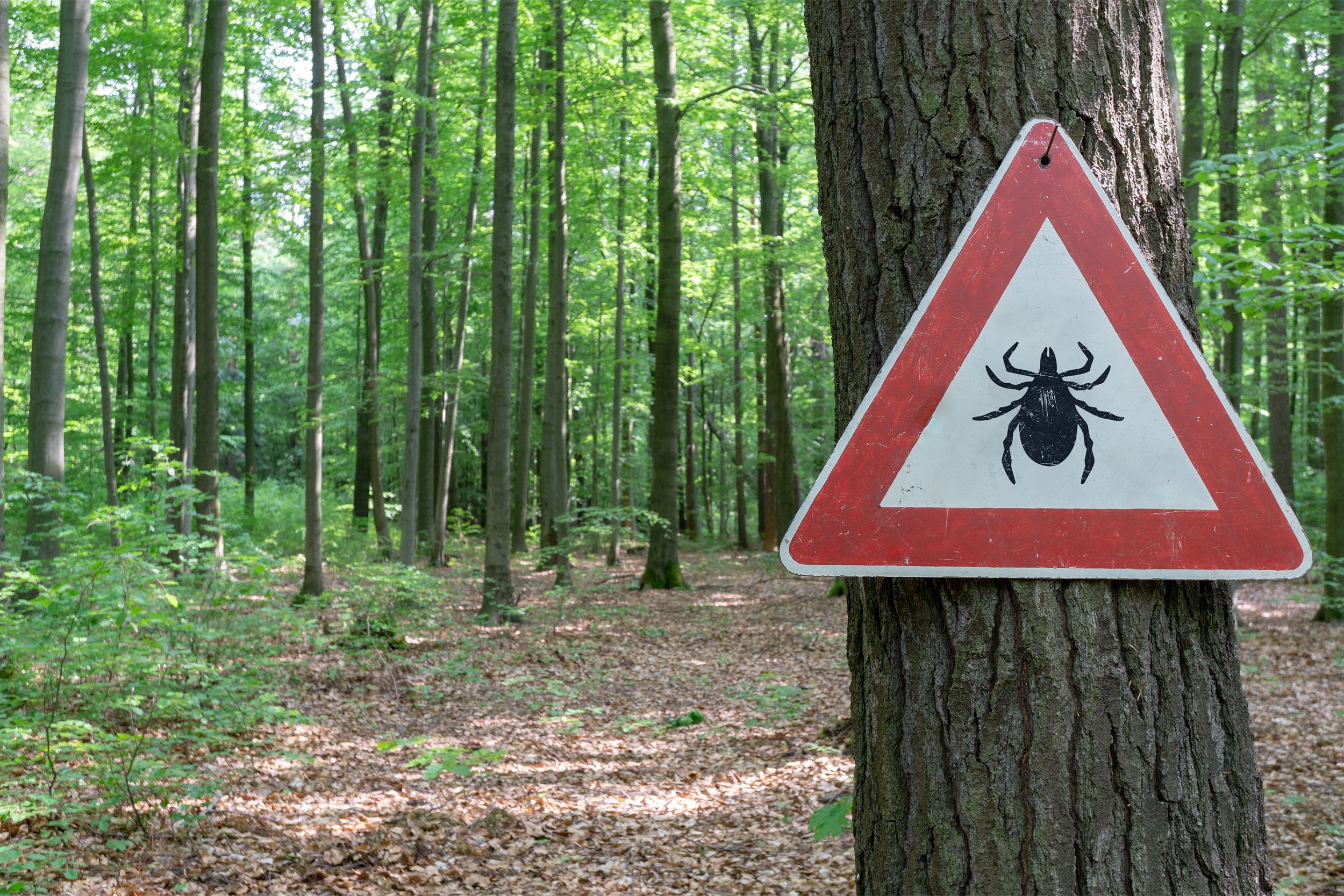
Health
Seem like Lyme disease risk is getting worse? It is.
Rheumatologist, epidemiologist discusses growth, spread of deer ticks, which transmit malady, and offers tips for how to avoid parasites
The odds of contracting Lyme disease from tick bites during warmer weather months continue to rise. That’s owing to a series of factors, including changes in climate conducive to maintenance of tick populations over a longer period of time and the expansion of range for the parasites south and west from historically high-risk areas in the Northeast and Upper Midwest, according to the Companion Animal Parasite Council. To give readers a refresher in ways to avoid contracting Lyme disease the Gazette spoke with Nancy Shadick, a rheumatologist at Brigham and Women’s Hospital and a clinical epidemiologist who has researched the malady since the 1990s. This conversation has been edited for length and clarity.
Q&A
Nancy Shadick
GAZETTE: In the last five to 10 years, have you seen Lyme disease rates increasing?
SHADICK: Lyme disease is still the most common vector-borne illness. It continues to spread in endemic areas such as the upper Midwest and the Northeast, but it has also spread down into the mid-Atlantic region and upward into the upper Northeast. With climate change and warmer temperatures, one example is that Lyme disease is now spreading up into Vermont, New Hampshire, and Maine.
GAZETTE: Is climate change the main reason we’re seeing an increase?
SHADICK: There is also increased general awareness and reporting. The CDC is now reporting both confirmed and probable Lyme disease cases, for example.
GAZETTE: There are certain geographic areas of the country that are considered high-risk. What are other factors that might cause an area to be high-risk?
SHADICK: Areas that are wooded or have dense foliage — suburban or rural — tend to have more Lyme disease cases. Ticks live in wooded areas and brush. So you won’t get it in an urban area, for example, where there’s little greenery. Golf courses can be risky. When golfers hit a golf ball into the brush, they leave the highly manicured golf course and go into the brush, which could be an area where there are a lot of ticks. The presence of whitetail deer is another indicator that there might be Lyme disease, or small mammals such as white-footed mice, which can be carriers.
GAZETTE: And are all ticks bad? Or is it specifically deer ticks?
SHADICK: Lyme disease is transmitted by the deer tick, also known as the blacklegged tick. Other ticks, such as dog ticks, can transmit other illnesses, but not Lyme disease.
“If not caught early, Lyme disease can progress to facial paralysis, arthritis, meningitis, or inflammation of the heart called carditis that can cause rhythm abnormalities.”
GAZETTE: Who is at most risk of infection?
SHADICK: In general there is a bimodal age distribution of Lyme disease with children aged 5 to 9 most highly affected. Additionally, there has been an increasing male predominance of the illness. The incidence rate ratios of males over females in most age groups were 39 to 89 percent higher for the time period of 1992 to 2016.
GAZETTE: And what about pets? Are they at risk of carrying Lyme disease, or getting it themselves?
SHADICK: Yes, pets can bring ticks into the house. For example, if your dog is out running in the woods, comes inside and sits on the furniture or sleeps in the bed with you, it does increase your likelihood of getting a tick bite. And a dog can contract Lyme disease, although they have certain protections that we don’t have yet, like vaccination. Dogs can be vaccinated, and many dogs take a tick and flea treatment that prevents them from getting tick bites.
GAZETTE: If I’m someone who is outdoors a lot in the summer, what are things that I can do to protect myself?
SHADICK: Be aware of your environment. When you hike, stay on the trail. You should tick-proof your clothing by wearing a repellent containing DEET. There are other repellents that contain more natural repellents — like lemon oil or eucalyptus — but those are not as effective at repelling ticks. If you can, wear light-colored clothing, so you can identify the tick more easily. Wear long pants and tuck them into your socks. And then the most important thing that you should do is every time you’re out in potential tick-laden areas, you should do a tick check. In general it takes 36 hours for a tick to infect you, so if you check for ticks that evening, you can feel pretty confident that you haven’t been bitten. Ticks like humid, warm areas to bite, so check all parts of your body, especially folds in your skin like your elbows, behind your knees, or on your neck.
GAZETTE: What are symptoms of Lyme disease?
SHADICK: Early symptoms include the classic erythema migrans rash, which is a red, ring-like rash that spreads. This can develop within days or weeks, and sometimes a rash won’t occur at all. You can also experience a flu-like illness with a fever, headache, and achy joints. If not caught early, Lyme disease can progress to facial paralysis, arthritis, meningitis, or inflammation of the heart called carditis that can cause rhythm abnormalities. If you suspect Lyme disease, it’s important to seek treatment. The best way to recover quickly is to take antibiotics as soon as you can.
GAZETTE: In terms of research, are we making progress either in prevention or treatment of Lyme disease-related ailments?
SHADICK: A Lyme disease vaccine from Pfizer and Valneva is in a Phase 3 trial right now. We’re hopeful that the vaccine will be ready in 2025. The UMass Chan Medical School is also studying another potential therapy to prevent Lyme disease that is in clinical trials. This prevention is not a vaccine but a monoclonal antibody that kills the Lyme bacteria in the tick’s gut.
GAZETTE: Practically speaking, are there any resources or sites that you would recommend for people to learn more about Lyme disease and the risk it poses in their area?
SHADICK: There is a Harvard Health Lyme Wellness website that offers a lot of educational information. The CDC also has an excellent website for the general public and has a tick-borne illness reference manual for clinicians. Each state department of health typically has tick borne illness information and monthly reports on the illness.



